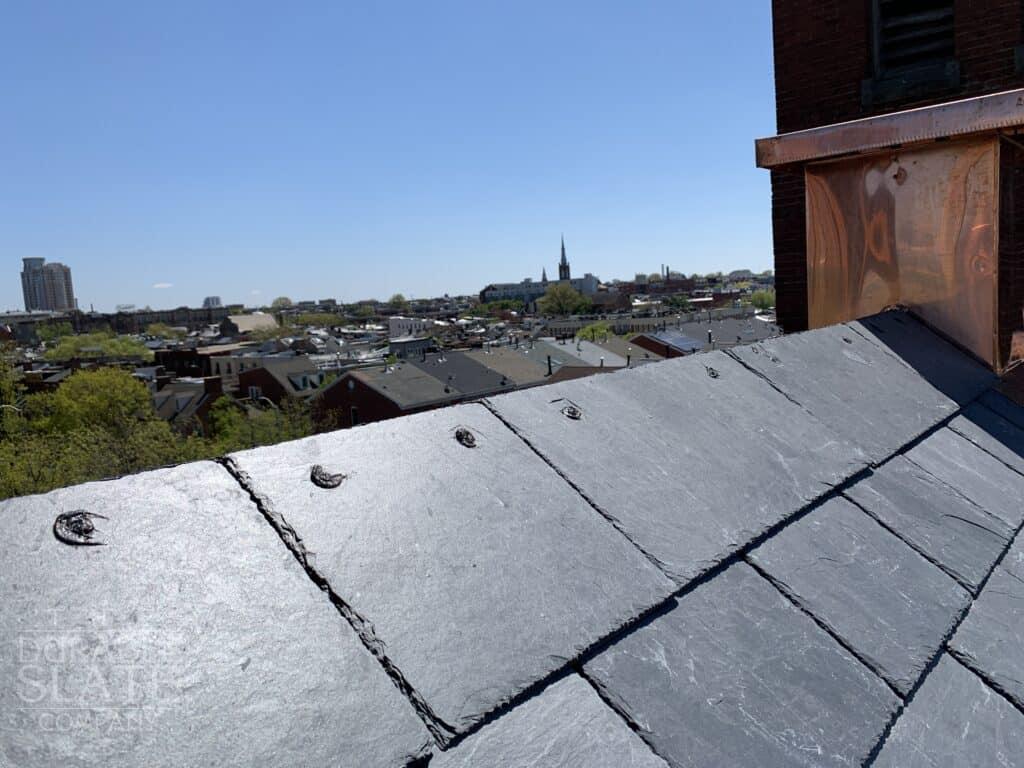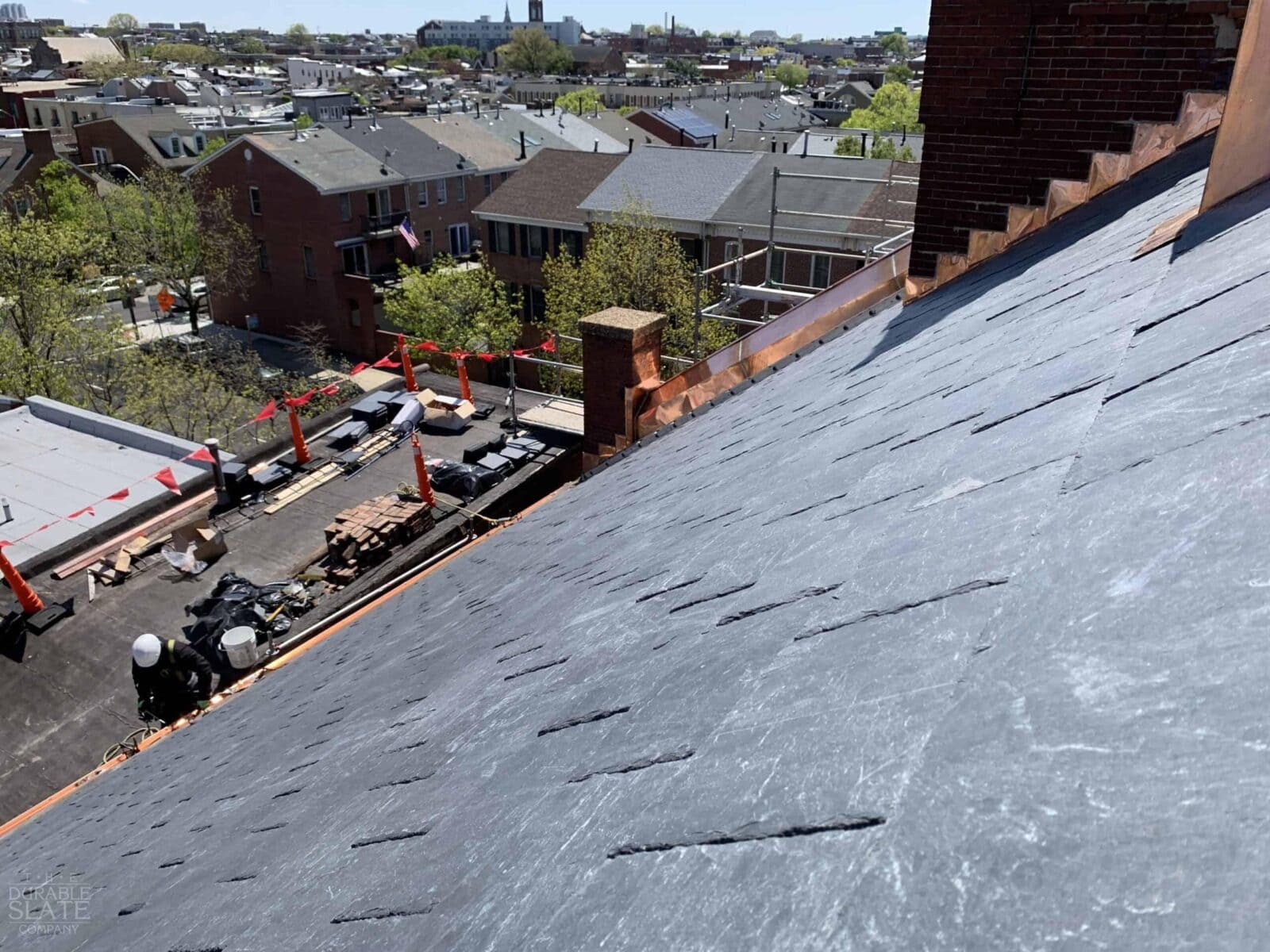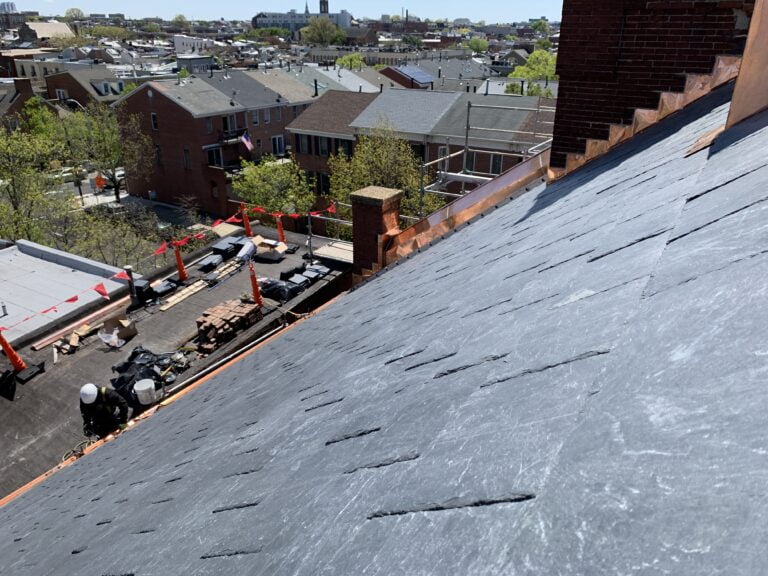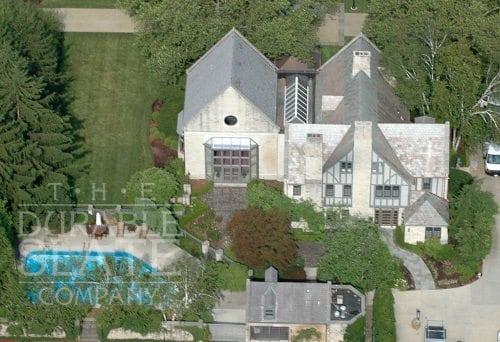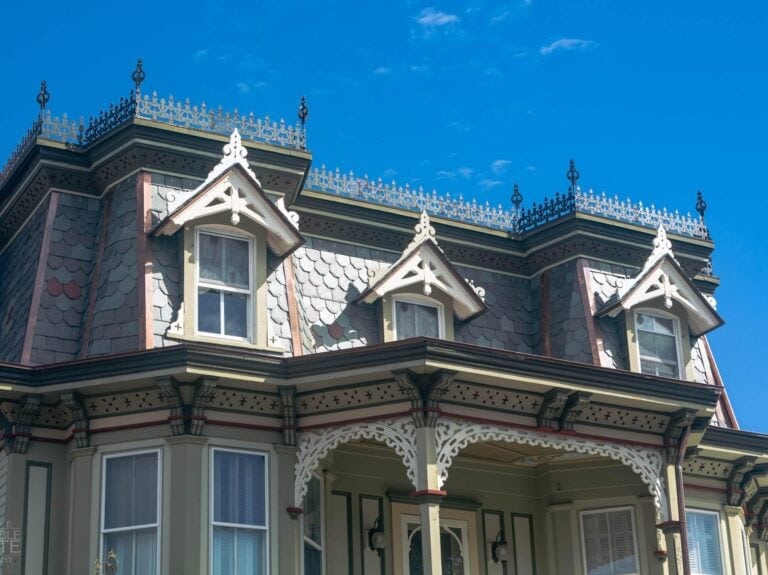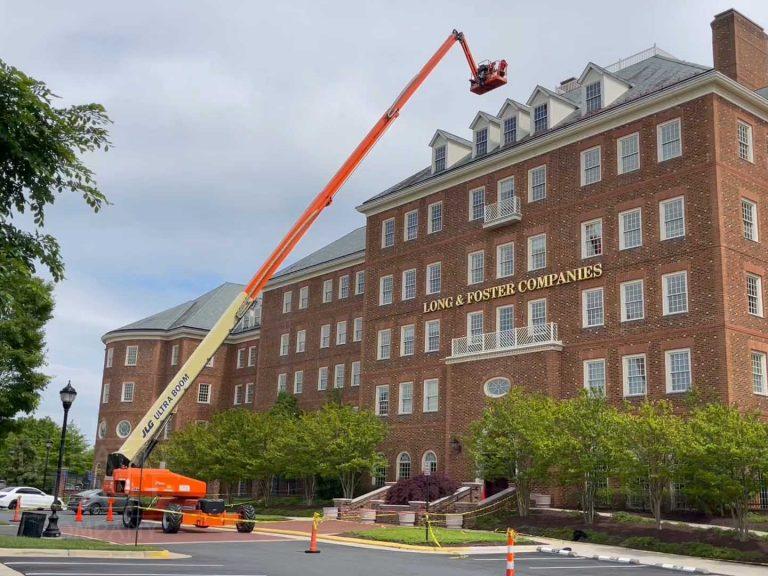Ebenezer African Methodist Episcopal Church was founded in Baltimore, Maryland in 1802 by former slaves who had been denied access to white Methodist churches. It was the first African American church in Baltimore and played a key role in the city's abolitionist movement. The church was led by prominent abolitionist leaders such as William Leidesdorff and Levi Jenkins, and served as a meeting place for local abolitionist societies. In 1816, the church was burned down by a mob in an attempt to suppress the abolitionist movement, but it was rebuilt and continued to thrive. In the late 19th and early 20th centuries, Ebenezer AME Church continued to be an important center for civil rights activism, hosting events such as voter registration drives and civil rights meetings. Today, the church remains an active and vibrant part of Baltimore's African American community.
Purchased in 1839 and incorporated in 1848, the Ebenezer African Methodist Episcopal Church is a magnificent example of English Gothic design and lasting member of the Federal Hill National Register Historic District.
In association with Encore Sustainable Architects, our crews were able to remove the deteriorated Peach Bottom slate and copper flashing down to the bare decking. Because Peach Bottom is no longer quarried, Spanish slate was installed as a budget friendly alternative. Ice and Water shield was then installed throughout the roof, as well as copper flashing along the wall and apron of the tower.





